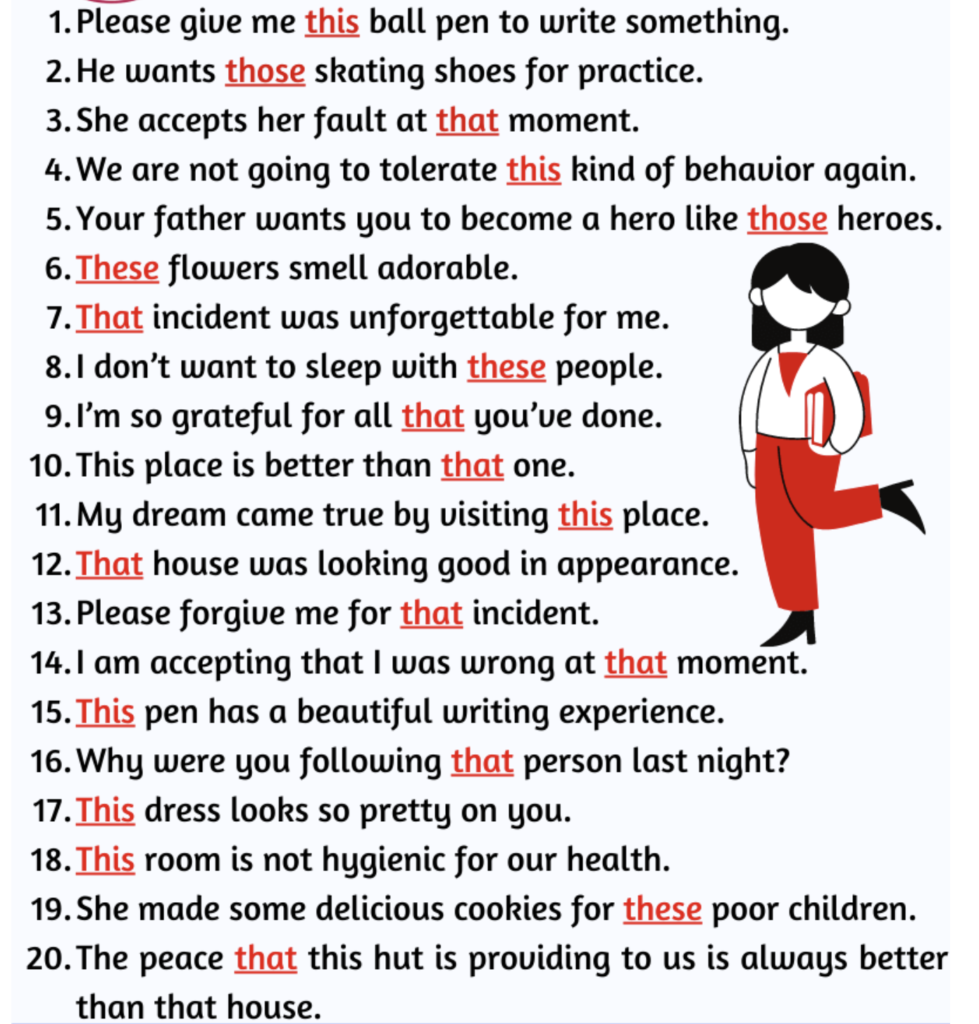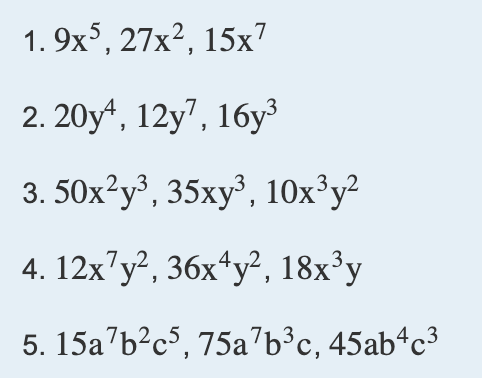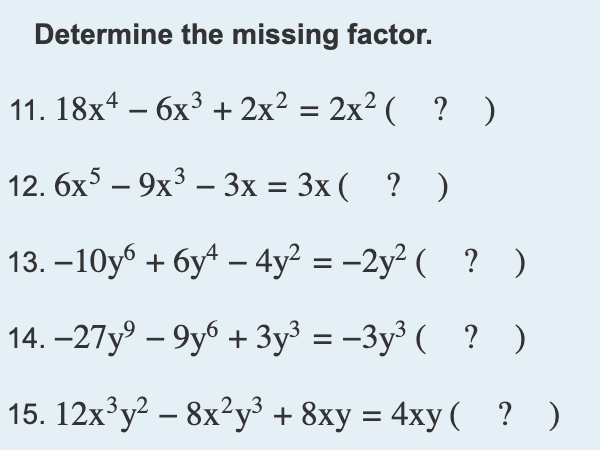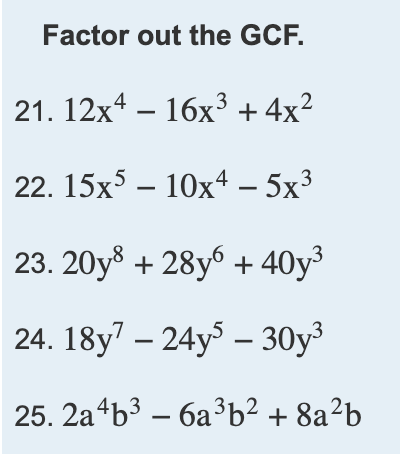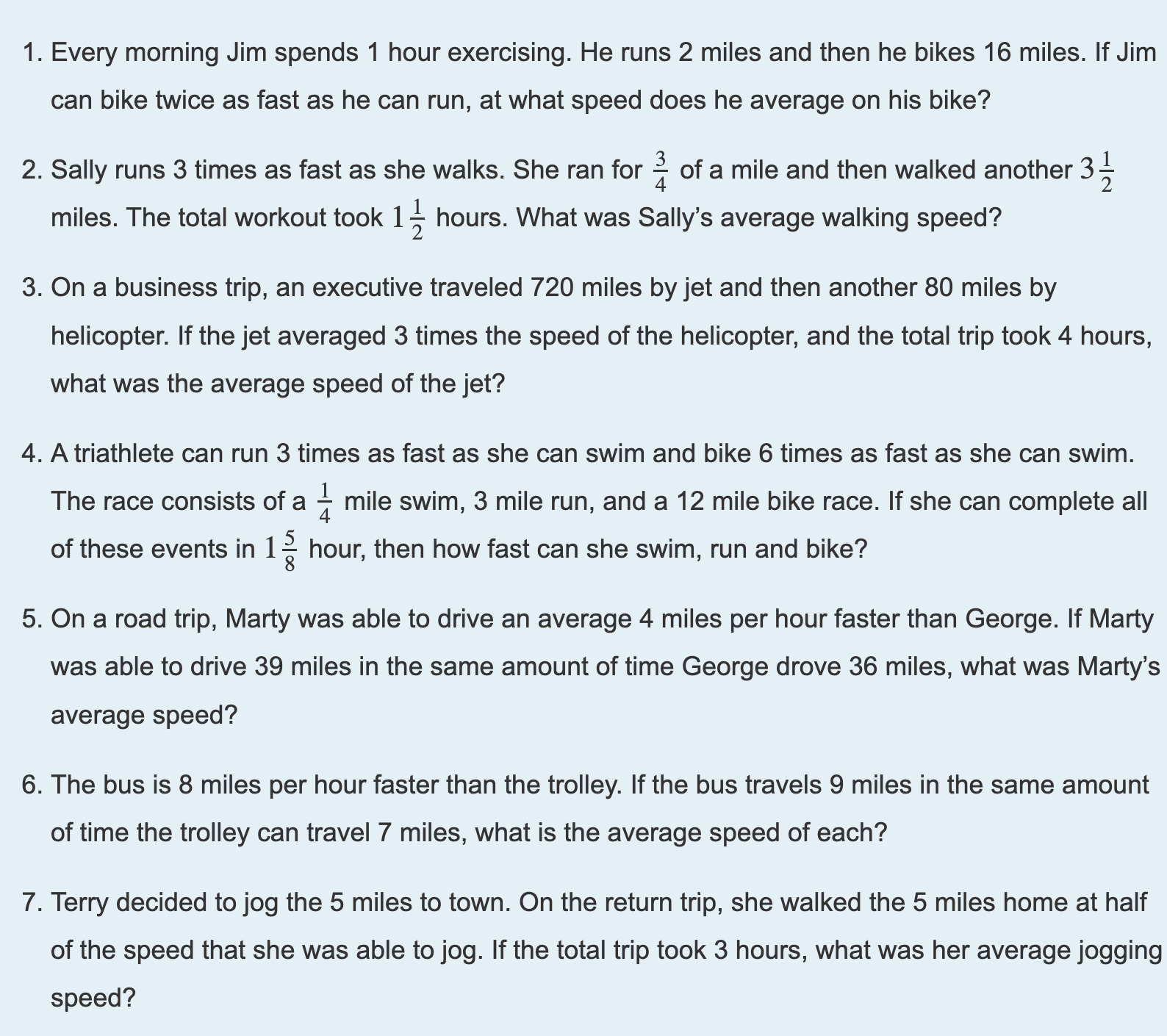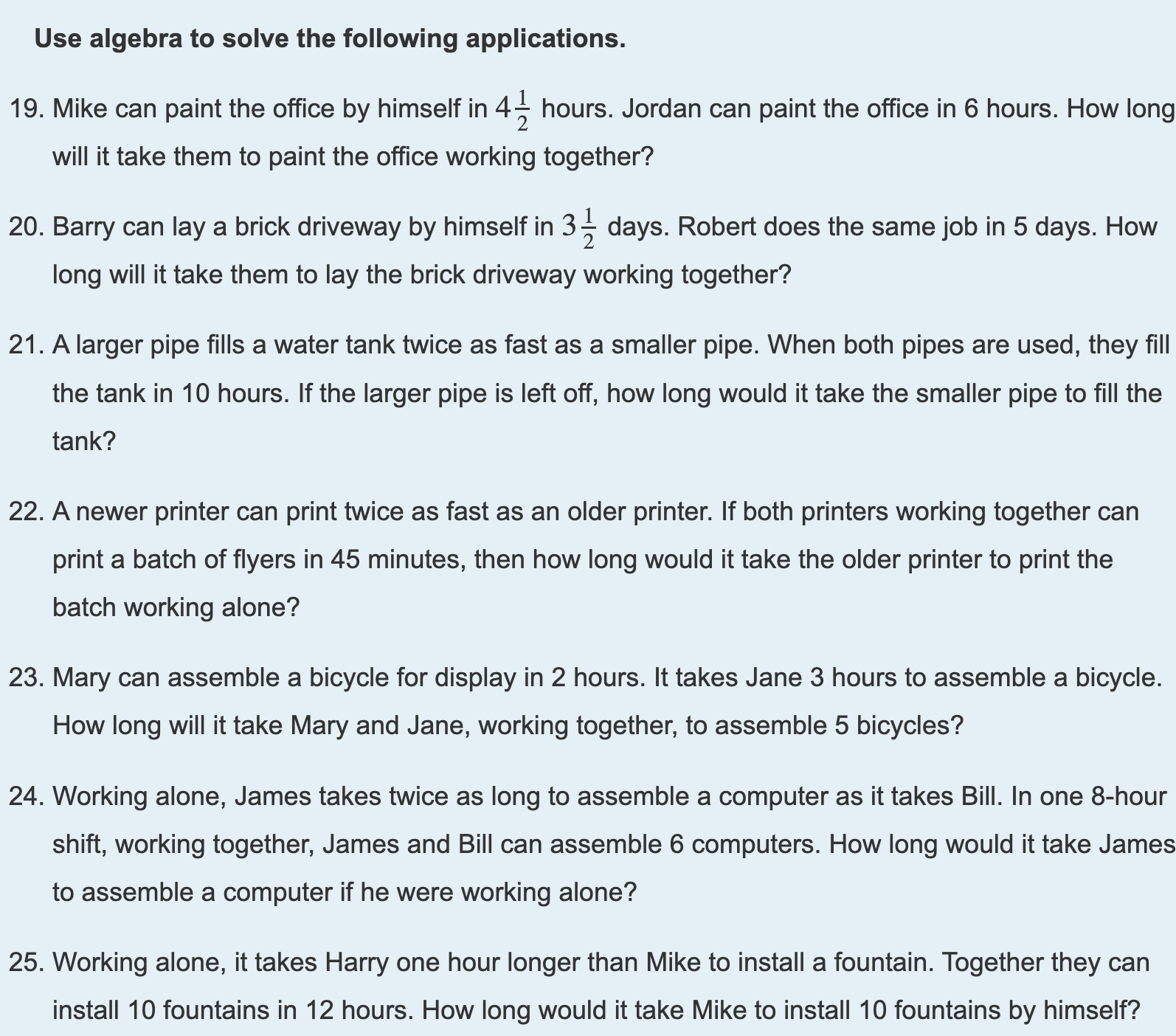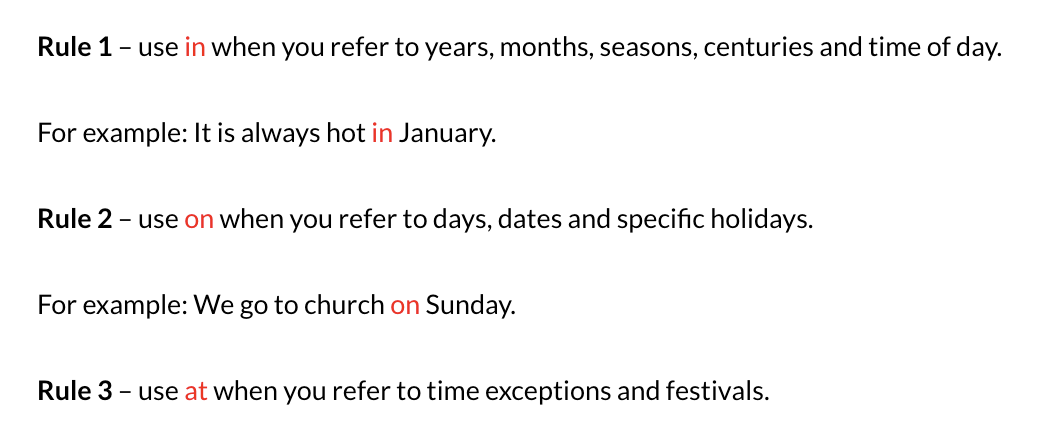ref – https://www.grammarly.com/blog/nouns/
A noun is a word that names something, such as a person, place, thing, or idea.
In a sentence, nouns play the role of:
- subject
- direct object
- indirect object
- subject complement
- object complement
- appositive
- modifier
Some noun examples include cat, bicycle, Taylor Swift, Kuala Lumpur.
Types of nouns
Nouns form a large proportion of English vocabulary, and they come in a wide variety of types.
Nouns can name a person:
- Albert Einstein
- the president
- my mother
- a girl
Nouns can name a place:
- Mount Vesuvius
- Disneyland
- my bedroom
Things might include intangible things, such as concepts, activities, or processes. Some might even be hypothetical or imaginary things.
- shoe
- faucet
- freedom
- The Elder Wand
- basketball
Proper nouns vs. common nouns
One important distinction to be made is whether a noun is a proper noun or a common noun.
A proper noun is a specific name of a person, place, or thing and is always capitalized.
Does (Tina) have much homework to do this evening?
Tina is the name of a specific person.
I would like to visit (Old Faithful).
Old Faithful is the specific name of a geological phenomenon.
The opposite of a proper noun is a common noun, sometimes known as a generic noun.
A common noun is the generic name of an item in a class or group and is not capitalized unless appearing at the beginning of a sentence or in a title.
ex: The girl crossed the river.
Types of common nouns
Common can be broken down into three subtypes:
- concrete nouns – (physical or real) – can be perceived by our senses
- abstract nouns – cannot be perceived by our senses.
- collective nouns
A concrete noun is something that is perceived by the senses; something that is physical or real.
example:
I heard the (doorbell).
My (keyboard) is sticky.
Doorbell and keyboard name real things that can be sensed.
Conversely, an abstract noun is something that cannot be perceived by the senses.
We can’t imagine the courage it took to do that.
Courage is an abstract noun. Courage can’t be seen, heard, or sensed in any other way, but we know it exists.
A collective noun denotes a group or collection of people or things.
That (pack) of lies (is) disgraceful.
Pack as used here is a collective noun. Collective nouns take a singular verb, as they refer to the collection of people or things they identify as one entity—in this case, the singular verb is.
A (pride) of lions roamed the savanna.
Pride is also a collective noun.
Forming plural nouns
Many English plural nouns can be formed by adding -s or -es to the singular form, although there are also many exceptions.
cat –> cats
These two cats are both black.
Note the plural verb are.
tax –> taxes
house –> houses
Uncountable Nouns
Uncountable nouns, or mass nouns, are nouns that are impossible to count, whether because they name
– intangible concepts: (e.g., information, animal husbandry, wealth),
– collections of things that are considered as wholes (e.g., jewelry, equipment, the working class)
– or homogeneous physical substances (e.g., milk, sand, air). Although most of these nouns are singular in form, because they refer to things that can’t be isolated and counted on their own, they are never used with the singular indefinite article a or an.
Singular concrete uncountable nouns can often be expressed in countable units by adding a countable noun like piece (with of).
example:
They’d love to rent a (piece) of property around here.
Students don’t seem to have (much) homework these days.
On their own, uncountable nouns can be modified by the definite article the:
example:
Could you help me move (the) furniture into the other room?
or indefinite adjectives like some.
They’d love to rent (some) property around here.
